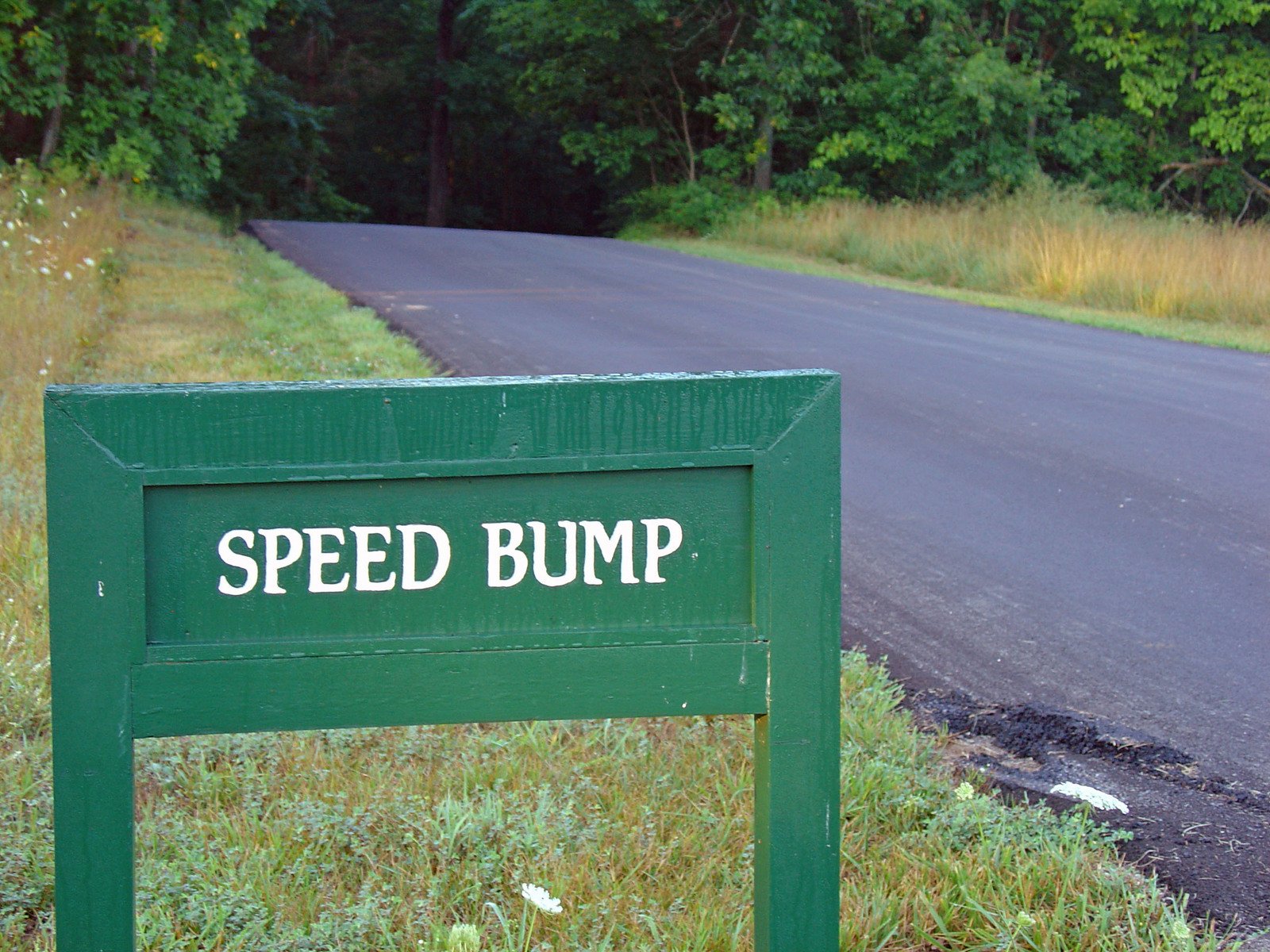

"Lawyers can 'clock' more time (time is money, billing) and PTAB won't manage to deal with as many petitions."Yesterday we wrote about pharmaceutical patent lawsuits soaring in Delaware and days ago we found this new report, which is titled "Delaware District Dismisses BPCIA 'Private Right' Claim; Says Controversy Not Sufficiently Immediate" (neither private nor a right, just like patents). As we shall recall in our next post, pharmaceutical patent litigants nowadays go extremely far to challenge courts or tribunals -- to the point of resorting to "scams". Things have gotten really dirty. In Promptu Systems Corporation v Comcast Corporation et al, as Docket Navigator noted the other day, the "Plaintiff’s Former Officer and Lead Inventor Disqualified as Consultant for Defendant" (conflict of interest is clear here). To quote:
The court granted plaintiff's motion to disqualify plaintiff's former officer/lead inventor of the patents-in-suit from consulting with defendant on non-confidential matters.
On April 24, 2018, the U.S. Supreme Court issued its decision in SAS Institute Inc. v. Iancu, where the Court held that the Patent Trial and Appeal Board (PTAB) must issue a final written decision as to any patent claim challenged by an IPR petitioner. Just two days later, the PTAB issued written guidance on the impact of the SAS decisions on AIA trial proceedings.
[...]
The SAS decision has rapidly changed practice before the PTAB. Practitioners must closely watch for future changes. The guidance notes that the PTAB will continue to assess the impact of the SAS decision and will provide further guidance in the future if appropriate. Jones Day will continue to monitor the situation and will provide further updates in this blog.
Although non-precedential, Valmont Indus. v. Lindsay Corp (Fed. Cir. 2018) appears to be the first post-SAS Federal Circuit opinion involving a partially-initiated inter partes review (IPR) proceeding.
In its IPR petition, Lindsay challenged all 18 claims of Valmont’s U.S. Patent No. 7,003,357. The PTAB instituted, but only to claims 1-15 and 17-18 — the case against Claim 16 was not strong enough. In its final decision, the PTAB found the claims obvious except for claim 11 and, of course claim 16 (whose validity was not tried).